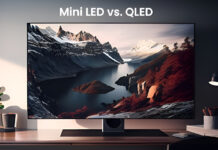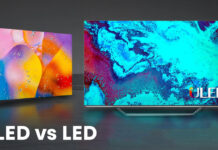 There’s lots of new TV technology out there. We’ve spent considerable ink on the blog looking at many of the elements, like the basics of 4K TV, what HDR does, or why HDMI ports are important. As we continue keeping you informed about all the advances, this time we’ll look at why sound bars are so important for the enjoyment of new flat screen TVs.
There’s lots of new TV technology out there. We’ve spent considerable ink on the blog looking at many of the elements, like the basics of 4K TV, what HDR does, or why HDMI ports are important. As we continue keeping you informed about all the advances, this time we’ll look at why sound bars are so important for the enjoyment of new flat screen TVs.
See all the Sound Bar options available at Best Buy.
There are plenty of people who will happily spend a thousand dollars on a brand new HDR or 4K TV, and when confronted with the option of choosing a sound bar to go with it, will vehemently decline. Popular reasons include:
- The TV already has speakers
- Not understanding what sound bars actually do; thinking sound bars are for audiophiles
- Believing it’s an unnecessary up-sell
Let’s address each of these reasons or myths and set things straight.
Sound bar Myth #1: The TV already has speakers, so I don’t need a sound bar
Yes, your TV does come with speakers. They have one large problem: they’re small, and they’re only getting smaller. All new TVs, whether they’re HD or 4K TVs are ultra thin (Have you seen Samsung’s new Frame TV? It’s basically a sticker. Ditto with LG’s Wallpaper TVs. While thin is good, because it means TVs are lighter and more versatile, thin also means there’s no more space for proper speakers to be built into sets today.
It’s physically impossible for a tiny speaker to create the range of depth, resonance, proper bass and sound quality in something that’s thinner than a couple of inches deep. For proof, look no further than many pocket-sized portable battery-powered Bluetooth speakers that you’ve probably heard at parties, camping, or at the rink. They come as small as salt shakers or cans of soup, and while some are good, they just can’t replicate the sound quality of a bigger, more professional quality speaker.
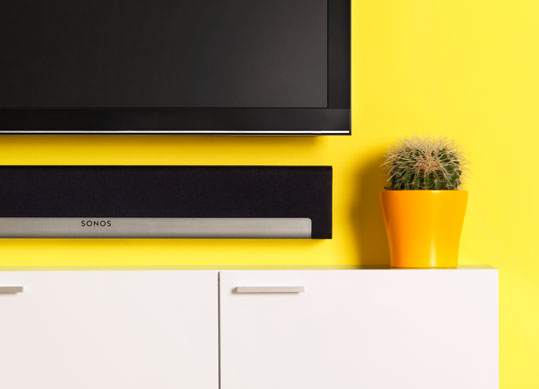
Small speakers have difficulty creating realistic sound. Apply that same logic to what’s in your TV; as good as some manufacturers may try to make them, there’s a limit to how good they can be. With new TVs there’s a trade off happening: you can have a thinner and lighter and better quality screen, but something has to give. In this case, it’s the audio. But fortunately, there are fixes.
Sound bar Myth #2: sound bars are for audiophiles
Sound bars are meant to add richer audio quality, realistic sound, and a more reliable high-to-low range for your new TV. The truth is you don’t need to be an audiophile to hear the difference. It’s clear. You could say sound bars are a happy compromise between paying for a full-on surround-sound system and suffering through the hollow, tinny sound from your TV’s built-in speakers.
It’s about direction
When manufacturers add in their small, basic speakers there’s another problem that exists: the speakers are often in the rear of the set (the screen takes up the front real estate), or they point to the side. That means what precious little poor sound you are getting, is being directed away from you, and that’s not helping the overall audio situation.
Adding a sound bar allows all the sound to be directed towards the front—at you, the viewer; both the higher range treble and the lower range bass. Having that front-directed audio also can make it easier to hear and understand dialogue.
To recap, here’s what sound bars do:
- Direct audio into the room, not to the back or sides
- Give a proper and more realistic high-to-low sound range
- Allow clearer sound, making it less necessary to crank the volume
- Provide a very good overall sound picture
- Provide a balanced solution: you don’t need a full stereo system or poor-quality TV speakers
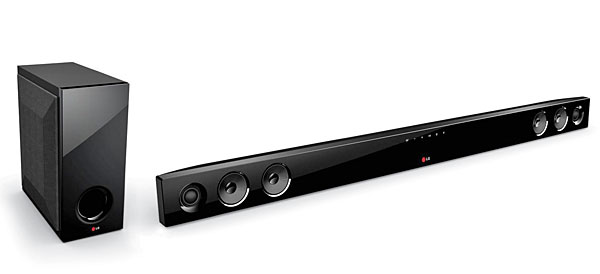
With the answers to Myths #1 and #2 answered, do we need now to go into #3? You can find them very inexpensively, particularly if you watch for sales or specials. Just keep in mind that you get what you pay for, so do your research.
Other sound bar considerations: Passive or Active?
Sound bars come in two main types: passive or active. Active types have built-in amplifiers, meaning you connect them to your TV (or cable box or whatever you have) and you’ll get sound.
Passive models require a separate receiver, thus working more like a typical stereo/speaker set up. While those passive receivers will add to the cost, it’s worth noting there are a huge variety of price points with each type; you could pay $2000 for a top notch active sound bar, or $300 for a passive one with a receiver. Most sound bars you’ll find will be the active variety. Passive types tend to be geared more at the discerning audiophile, but it’s good to know the terminology so you can make sure you’re getting a product that’s right for you and your situation.
Should I get a subwoofer too?
Frequently sound bars today come with a subwoofer to give you an extremely low range of sound. While some folks wouldn’t want to live without one, you do need to consider where it will go. In my home’s living room set up, we have the TV and audio hidden behind a painting (no furniture around it) and it’s all wired through the wall. We just didn’t want an extra speaker floating around the room, so we opted for a model that had no separate subwoofer.
LG also makes great sound bars. Wireless speaker giant Sonos has also gotten into the game with its PLAYBAR and its PLAYBASE which has space for the TV to sit directly on top of it. It’s perfect when you have furniture you’re using in the theatre. I reviewed the Sonos PLAYBASE, and it’s got a lot of good qualities.
Is a remote control important with my sound bar ?
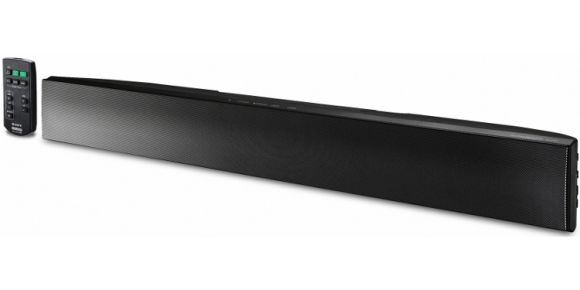
Some sound bars will come with a remote, others don’t. The ones that don’t can be programmed to work with your existing remote, or in particular, a universal remote. There’s not one option that’s necessarily better than the other. Just keep in mind that if your TV remote is so rudimentary it can’t also take on control of the sound bar (and you don’t have a lot of other components like a cable box or universal remote), you might need a model that does have its own remote.
New functionality: Voice control in sound bars
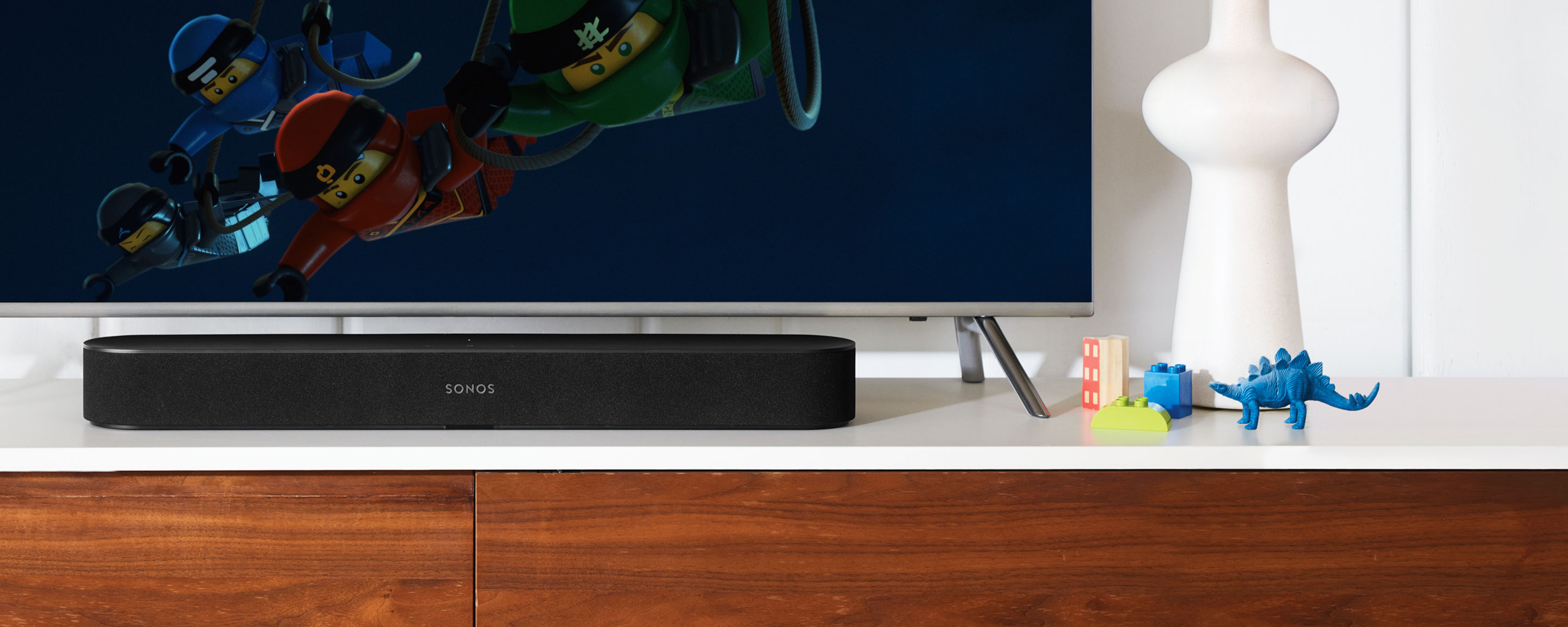 As sound bars become more a part of our homes, they’re integrating with other technology in our home theatres. It’s more common now to find sound bars that can pair with digital voice assistants like Amazon’s Alexa or the Google Assistant. This kind of functionality allows you to control your TV with your voice when they’re set up properly, saying things like, “OK, Google, play Drake on YouTube” or “Hey Alexa, find Harrison Ford movies on Netflix”.
As sound bars become more a part of our homes, they’re integrating with other technology in our home theatres. It’s more common now to find sound bars that can pair with digital voice assistants like Amazon’s Alexa or the Google Assistant. This kind of functionality allows you to control your TV with your voice when they’re set up properly, saying things like, “OK, Google, play Drake on YouTube” or “Hey Alexa, find Harrison Ford movies on Netflix”.
In most cases, you’ll need to have the smart speaker to gain this control so if you already have one of these smart digital assistants, it makes sense to shop for a sound bar that can play along. Sony sound bars play nicely with Google, while Sonos has added Alexa connectivity to its lineup. You’ll see it on the brand new Sonos Beam sound bar.
I’m a sound bar convert. Initially, I believed Myth #3 for reason #2. That was until I learned and started to do research and talk to people with lots more expertise than me.
Got a sound bar question that we can answer for you? Add it in the comments below.

